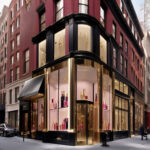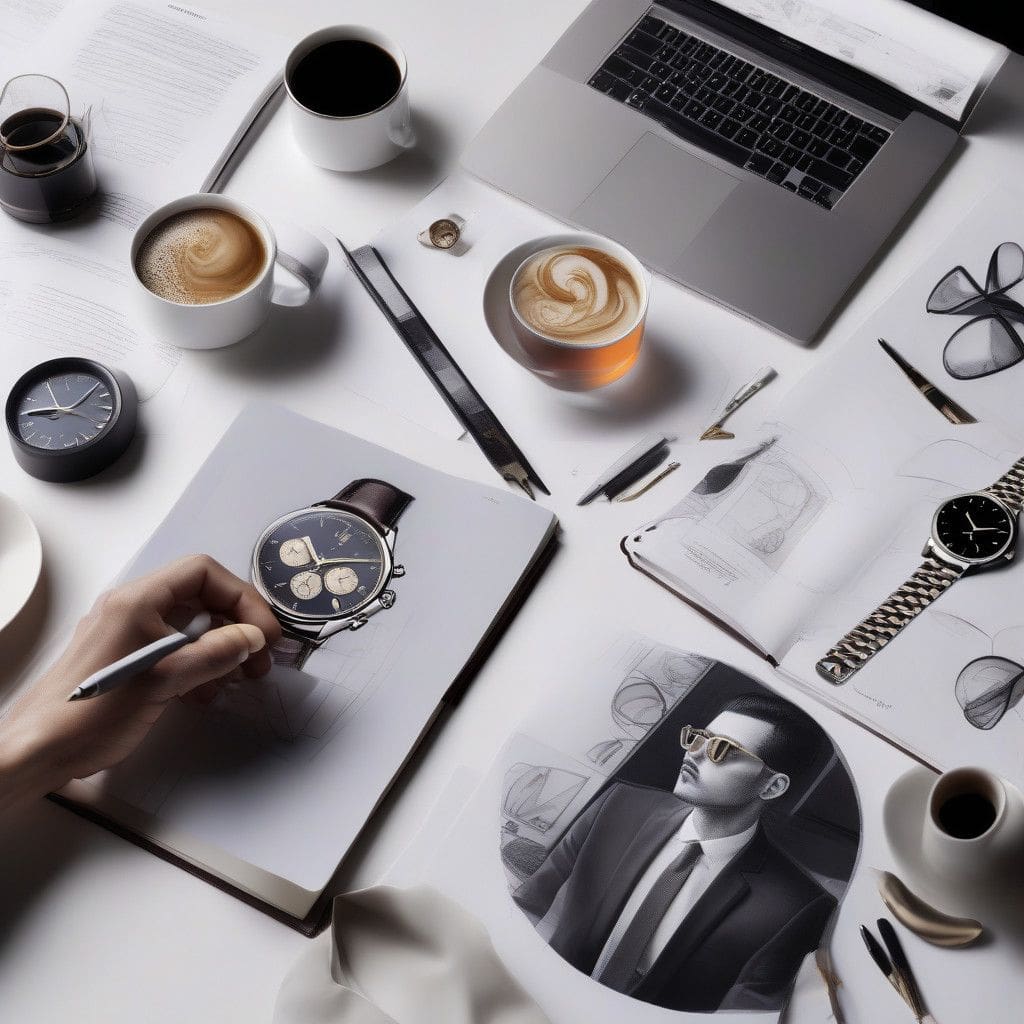In the midst of ongoing economic uncertainty and a noticeable slowdown in the global luxury market, the recent Spring/Summer 2025 fashion shows have been an eventful period for designers. Amidst various conflicts and challenges, they found themselves in a crucial situation, balancing creativity and caution. The moment called for collections that reached deeper, both emotionally and intellectually, emphasizing the contemporary world’s complexities.
Tim Blanks, editor-at-large at The Business of Fashion, succinctly summarized the situation: “There’s a general caution and a realignment. The state of the world dictates a reflection rather than a display of extravagance.” Indeed, many megabrands opted for scaled-back celebrations around fashion week—budget cuts led to streamlined shows, all while trying to maintain relevance within an increasingly discerning audience.
Yet, it was the designers willing to take bold creative risks who truly captivated attendees. For example, at Marni, Francesco Risso not only transformed cotton, a seemingly mundane material, into a spectacular showcase of expressive designs but also highlighted a sense of understated beauty against the backdrop of global turmoil. This choice illustrates how artists are leveraging simplicity to convey profound messages amid chaos.
Alessandro Michele’s debut at Valentino is noteworthy. By honoring the house’s rich heritage, Michele infused his personal flair into the collection, creating a bridge between the past and the future. Tim Blanks described this debut as “a natural consummation … like lovers meeting after decades apart,” encapsulating the passionate reunion of tradition with innovation.
At Loewe, Jonathan Anderson further expanded the dialogue around perspective and scale. His experimentation with oversized silhouettes, including hoop skirts that seem to challenge the norms of structure, encourages audiences to rethink their engagement with fashion. As Blanks remarked, Anderson “likes to challenge people’s points of view,” illustrating that fashion can incite contemplation about how we wear and interact with clothing.
Emerging designer Duran Lantink also made a substantial impact during these shows. His avant-garde collection presented extreme shapes that were refined into more approachable forms, reflecting an idea that independent thought is crucial in fashion. As Blanks asserted, “Those clothes are a physical realization of independent thinking,” advocating for a future where innovation is nurtured without fear of traditional boundaries.
In discussing the future of the fashion industry, Imran Amed highlighted the significance of fostering new talent. The industry is at a crossroads, needing to steer away from the safety of conventional designs, which in his words, “is just boring.” Recognizing the potential of youthful designers who have yet to lead established houses may hold the key to reinvigorating the industry.
The prevailing sentiment at the Spring/Summer 2025 shows suggests a significant shift: a move from opulence towards authenticity. The challenges presented by the current global climate have necessitated a focus on relevant artistic expression. By prioritizing creativity over extravagance, designers are not merely responding to fashion’s demands but are actively shaping a new narrative for the industry—one that embraces both innovation and meaningful storytelling.
While the fashion world continues to face hurdles, the courage displayed by these designers sets a precedent for what’s to come. The seamless melding of heritage with contemporary thought, as seen at Valentino and Marni, exemplifies how the industry can evolve while remaining grounded in its roots.
Encouragingly, the Spring/Summer 2025 shows reveal that even during times of uncertainty, fashion retains its power to provoke thought and inspire change. It’s a reminder that beauty can arise from restraint, and creativity can flourish, even in the most challenging environments.












